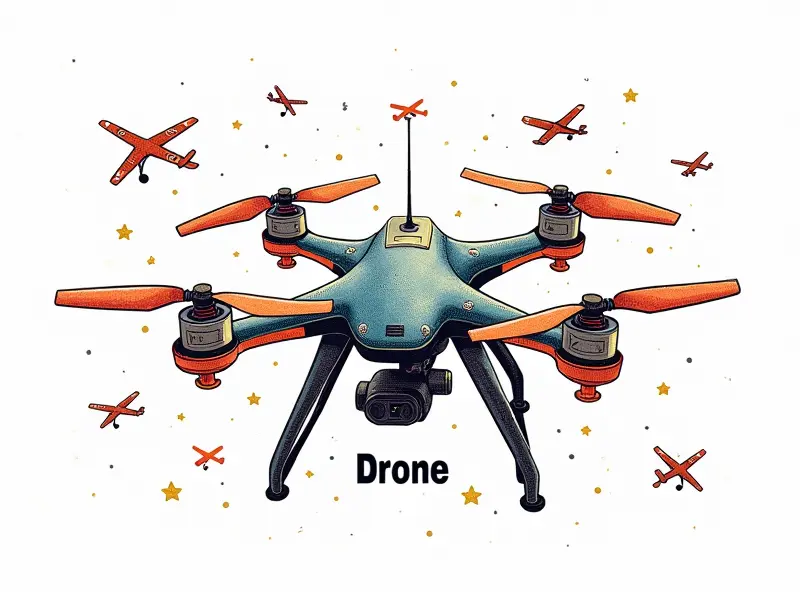Is flying a drone illegal?

Is Flying a Drone Illegal in Your Area?
Flying drones has become increasingly popular for both recreational and commercial purposes. However, the legality of drone operation varies significantly depending on your location. Before taking to the skies with your unmanned aerial vehicle (UAV), it's crucial to understand the specific regulations that apply to your area.
Understanding Drone Regulations Worldwide
The rules governing drones are not uniform across different countries and regions. In some places, flying a drone might be as simple as registering your device with local authorities, while in others, strict guidelines and restrictions may apply. It's essential to familiarize yourself with the specific laws that pertain to where you plan to fly.
Are Drones Legal Where You Live?
The legality of drone operation can depend on various factors such as airspace classification, proximity to sensitive areas like airports or military installations, and whether your use is for personal enjoyment or commercial purposes. To determine if drones are legal in your area, you should consult the relevant aviation authority.
Drone Laws: What Every Pilot Should Know
Before taking flight, every drone operator must be aware of key regulations that govern their activity. These laws typically cover aspects such as registration requirements, operational limitations, and privacy concerns.
The Basics of Legal Drone Operation
- Registration: Many countries require drones to be registered with a national aviation authority before they can be flown legally.
- Airspace Classification: Drones must adhere to specific rules based on the type of airspace in which they are operating, such as controlled or uncontrolled airspace.
- No-Fly Zones: Certain areas like airports, military bases, and national parks may prohibit drone flights due to security concerns.
Where Can You Legally Fly Drones?
The ability to fly a drone legally depends on several factors including the type of airspace, proximity to restricted zones, and local regulations. Generally, drones can be flown in open areas away from people and buildings, provided you comply with all applicable laws.
Drone Flying Rules and Regulations Explained
To ensure compliance with drone flying rules, it's important to understand the nuances of each regulation. This includes knowing when and where you are allowed to fly your drone as well as adhering to operational guidelines set forth by regulatory bodies.
Top Drone Flying Restrictions Explained
- Nighttime Operations: Many jurisdictions prohibit flying drones at night due to visibility issues.
- Height Limits: There are often restrictions on how high a drone can fly, typically not exceeding 400 feet above ground level.
- No-Fly Zones: Areas near airports, military installations, and other sensitive locations may be off-limits to drones.
Navigating Legal Challenges in Drone Use
The legal landscape for drone use is complex and constantly evolving. To avoid potential issues, it's advisable to stay informed about the latest regulations and guidelines issued by aviation authorities.
Understanding Drone Regulations Across States
In countries like the United States, where federal laws apply alongside state-specific rules, it’s important to check both sets of regulations before flying a drone. Each state may have additional restrictions or requirements that must be met.
Legal Issues with Flying Drones in Public Spaces
Flying drones over public areas can raise privacy concerns and potential legal issues related to surveillance and data collection. Operators should exercise caution when using their devices in populated settings to avoid violating local ordinances or federal statutes.
Conclusion
The legality of flying a drone varies widely depending on your location, the purpose of flight, and other specific conditions. By adhering to established regulations and guidelines, you can enjoy the benefits of drone technology while minimizing legal risks. Always consult official sources for up-to-date information before taking your drone into the air.

